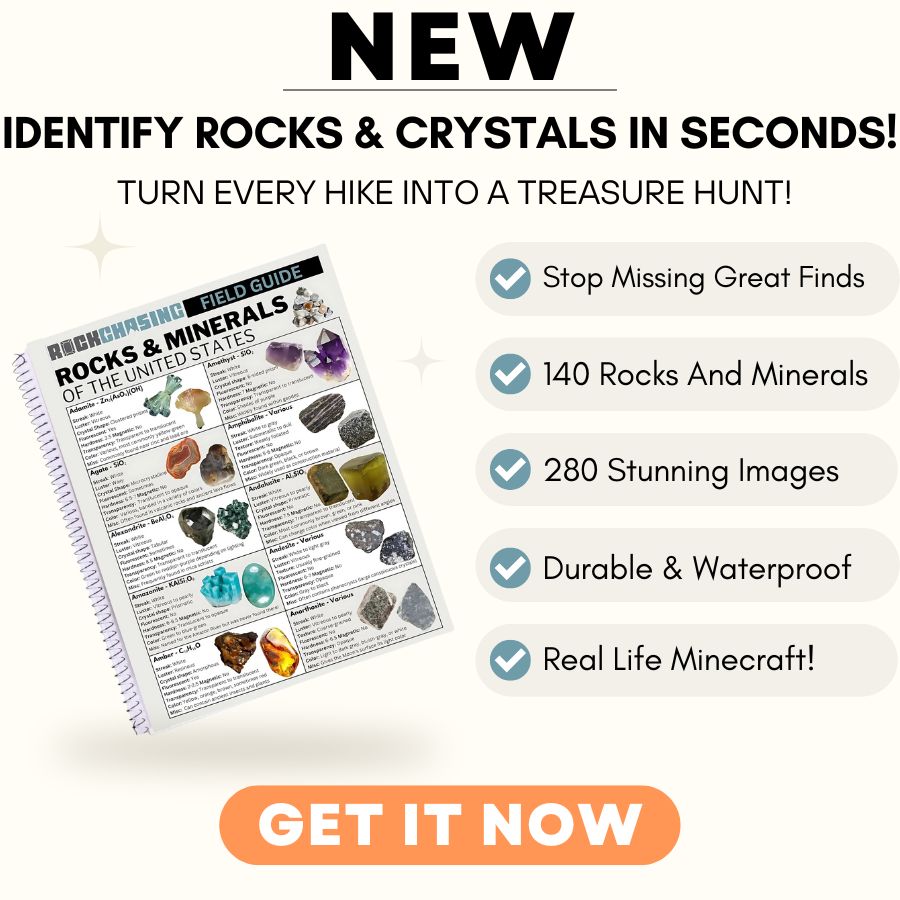The stunning blue crystals of Azurite have drawn rockhounds to California for decades. This gorgeous mineral catches everyone’s eye with its deep ocean-blue color and glass-like shine.
Many collectors struggle to find good Azurite spots in California. Some rockhounds spend years searching without much luck, while others give up after checking the usual spots.
But California still has several amazing places where you can find Azurite. These spots range from old copper mines to rocky outcrops in the desert. With the right information and some basic tools, you can add this beautiful blue mineral to your collection.
How Azurite Forms Here
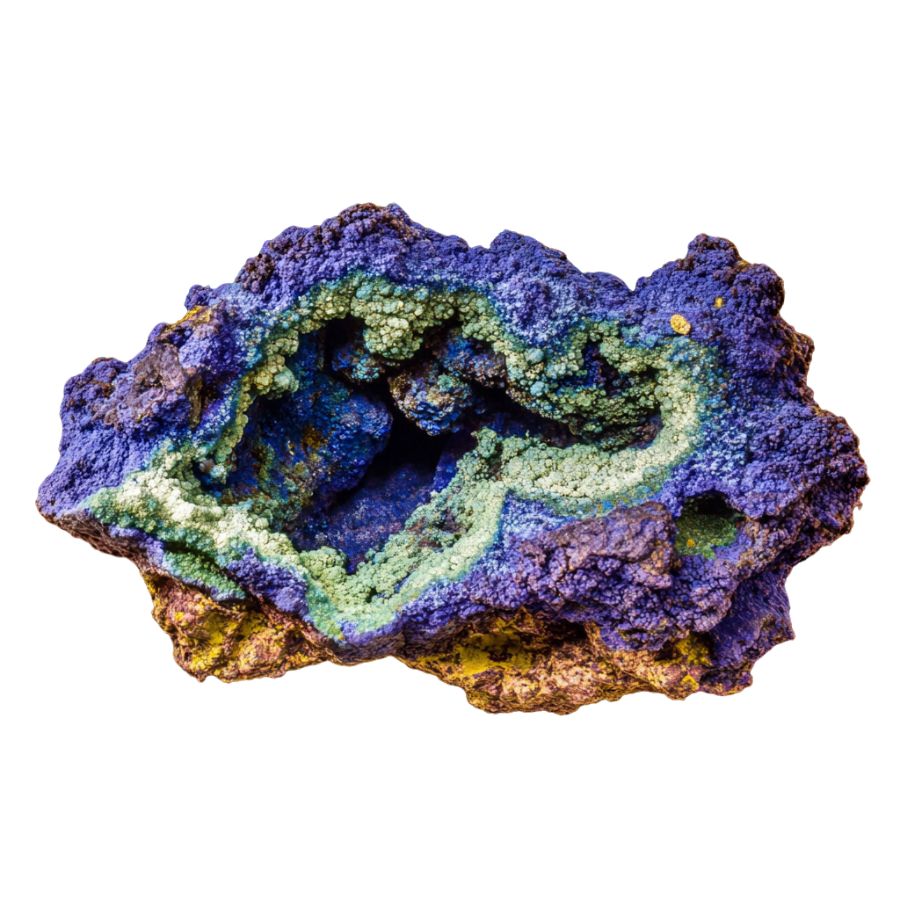
Azurite forms when copper-containing solutions react with carbonate rocks deep underground. It’s like rainwater seeping through rocks containing copper minerals.
As this acidic water dissolves the copper, it creates a solution that flows through limestone or similar carbonate rocks.
When these two meet, a chemical reaction happens, forming those beautiful blue azurite crystals. The process usually needs low temperatures and lots of carbon dioxide to work properly.
Sometimes, azurite forms in the oxidized zones of copper deposits, where the original copper sulfide minerals are weathering away.
That’s why you often find azurite near the surface of copper deposits, where it’s exposed to air and water.
Types of Azurite
Azurite occurs in several fascinating varieties, each displaying unique patterns, colors, and formations that make them distinct from one another. From sun-like radiating patterns to starry speckles and varying shades of blue to green, these different types showcase the mineral’s diverse beauty in nature.
Azurite Suns
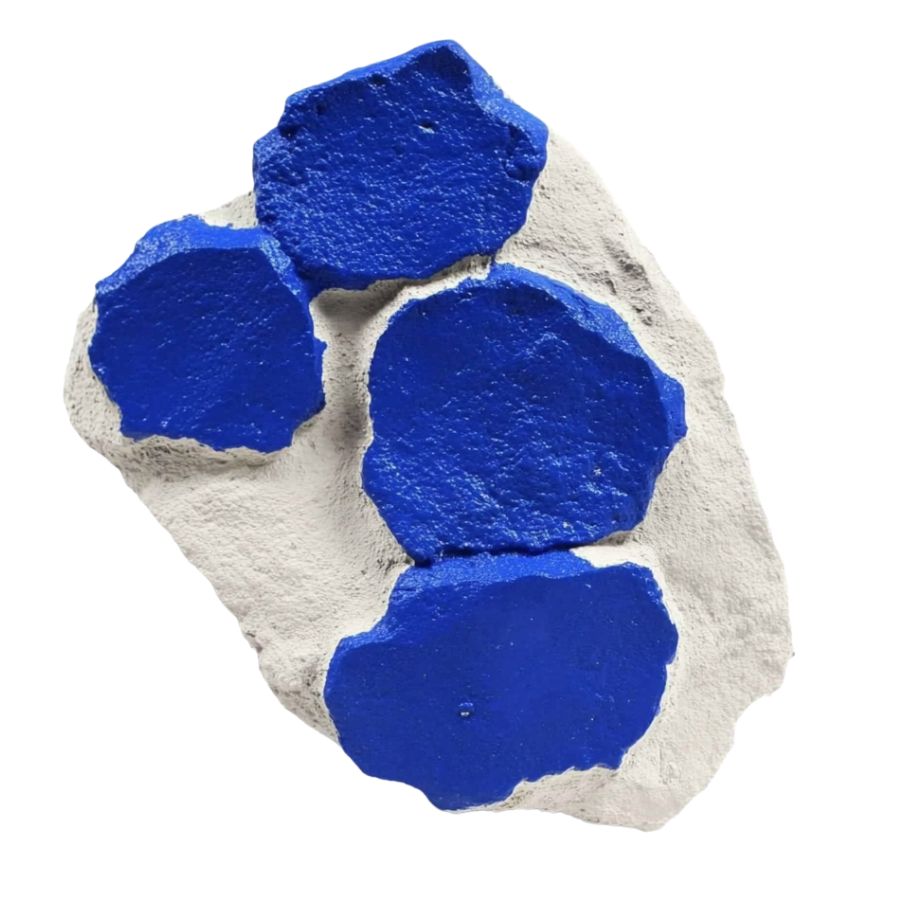
Azurite Suns showcase striking circular patterns of deep blue azurite crystals set against white kaolin clay. These natural formations create a beautiful visual effect that looks like a celestial body, with blade-like crystals radiating outward from the center.
The deep azure blue of these specimens comes from copper carbonate minerals. When exposed to certain conditions, the azurite can sometimes show hints of green where it’s starting to transform into malachite, adding extra complexity to the patterns.
The contrast between the intense blue crystals and white background makes these rocks particularly eye-catching. Some pieces display additional features like concentric rings or varying crystal sizes, adding to their visual appeal.
K2 Azurite

K2 Azurite presents a unique combination of white granite speckled with perfectly round blue dots of azurite. These blue spots range from tiny specks to larger orbs, creating an appearance similar to a starry night sky against snow.
The formation process of K2 Azurite is quite special. The blue azurite spots formed when copper-rich solutions seeped into tiny cracks in the granite, creating these circular patterns. This makes each piece unique in its dot pattern and distribution.
Stone’s composition includes fine-grained granite minerals like quartz and muscovite, with azurite forming along the grain boundaries.
Sometimes, you might spot hints of green malachite alongside the blue azurite spots, adding extra color variation.
These specimens often show interesting variations in their dot patterns. Some pieces have densely packed spots, while others display more scattered arrangements, making each piece distinctively different from the next.
Azurmalachite
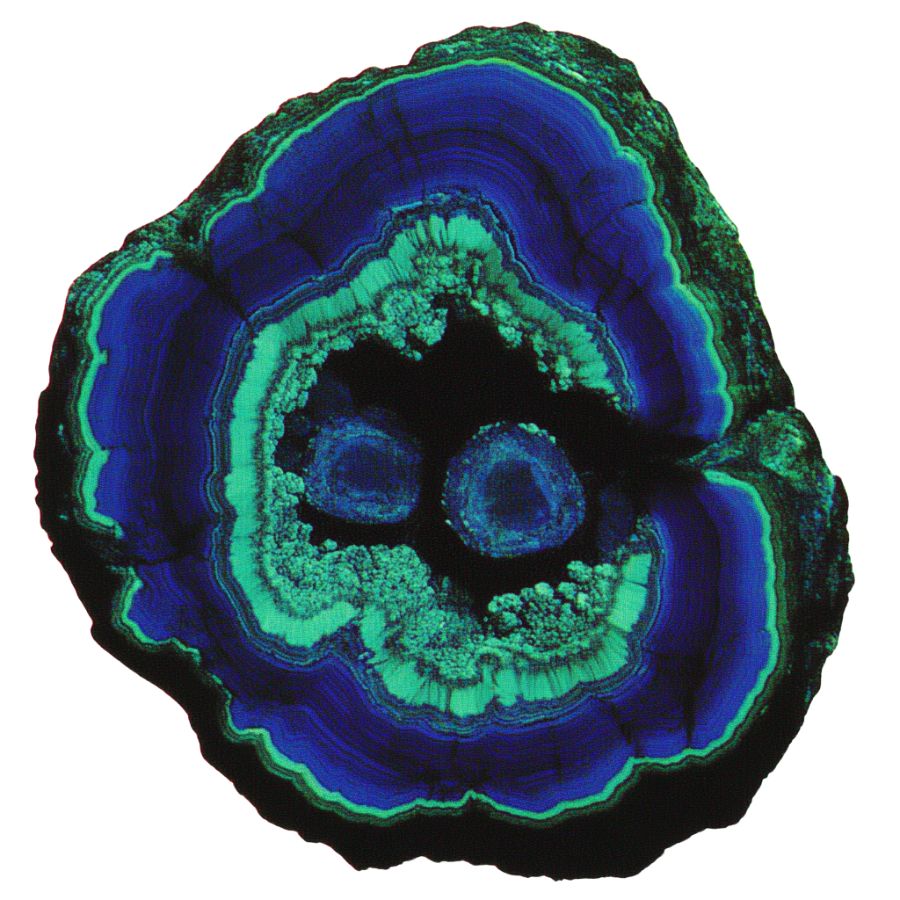
Azurmalachite is a mix of two minerals, azurite and malachite, both made of copper carbonate. The deep blue of azurite and the bright green of malachite blend together, creating eye-catching patterns.
This combination happens naturally when azurite slowly changes into malachite over time. The result is a stone with swirling colors that can be found in copper-rich areas around the world.
Azurmalachite is often shaped and polished for collectors and jewelry. Its mix of colors makes every piece look different, adding to its appeal.
Since it’s softer than many other stones, it needs careful handling to avoid scratches. Despite this, its unique appearance makes it a favorite among those who appreciate natural minerals.
Crystalline Azurite
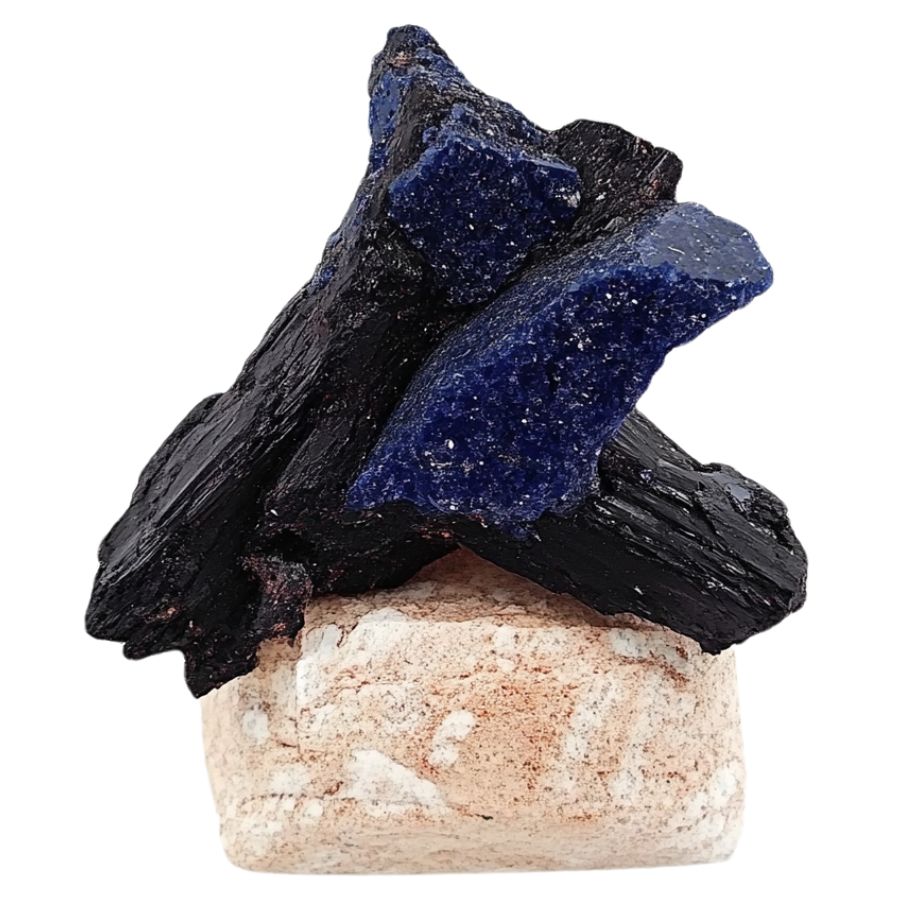
Crystalline azurite forms deep blue crystals that can be small and delicate or large and well-shaped. These crystals usually grow in sharp, geometric patterns, making them stand out from other forms of azurite.
They develop in areas rich in copper, often alongside malachite and other minerals. Some of the best crystals have been found in places like Morocco, Namibia, and the United States.
Because crystalline azurite is fragile, handling it carefully helps prevent damage. Exposure to light and air can also cause the crystals to slowly change into green malachite over time.
Collectors value these crystals for their intense color and unique shapes. Even though they are delicate, their deep blue color makes them one of the most recognizable copper minerals.
What Does Rough Azurite Look Like?
Azurite in its rough form is one of the most striking blue minerals you’ll encounter. Note that natural azurite can sometimes be confused with other blue minerals, but these tips will help you spot the real deal.
Look for the Signature Deep Blue Color
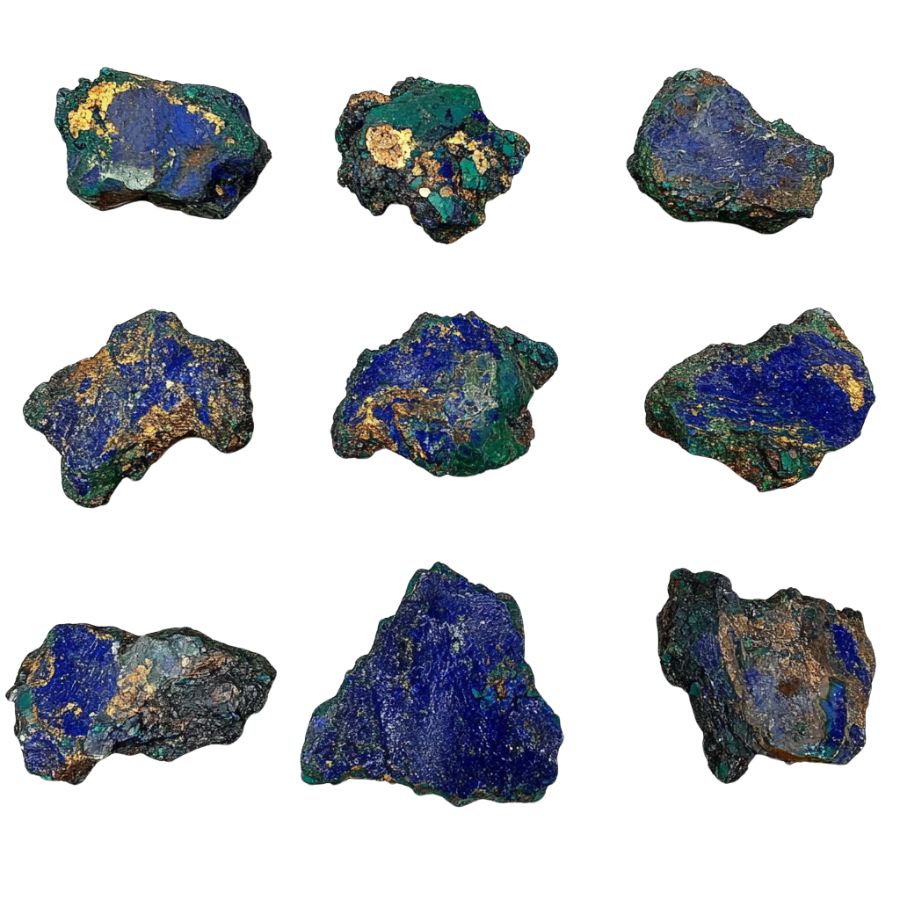
Raw azurite showcases an intense azure-blue color that’s hard to miss. Fresh specimens appear nearly royal blue, while weathered pieces might show darker shades.
Don’t be fooled by uniform blue coloring – natural azurite often has subtle variations in its blue tones. If you spot hints of light blue or even greenish patches, that’s normal! It’s actually showing early signs of transforming into malachite, its green cousin.
Check for Crystal Formations and Habits
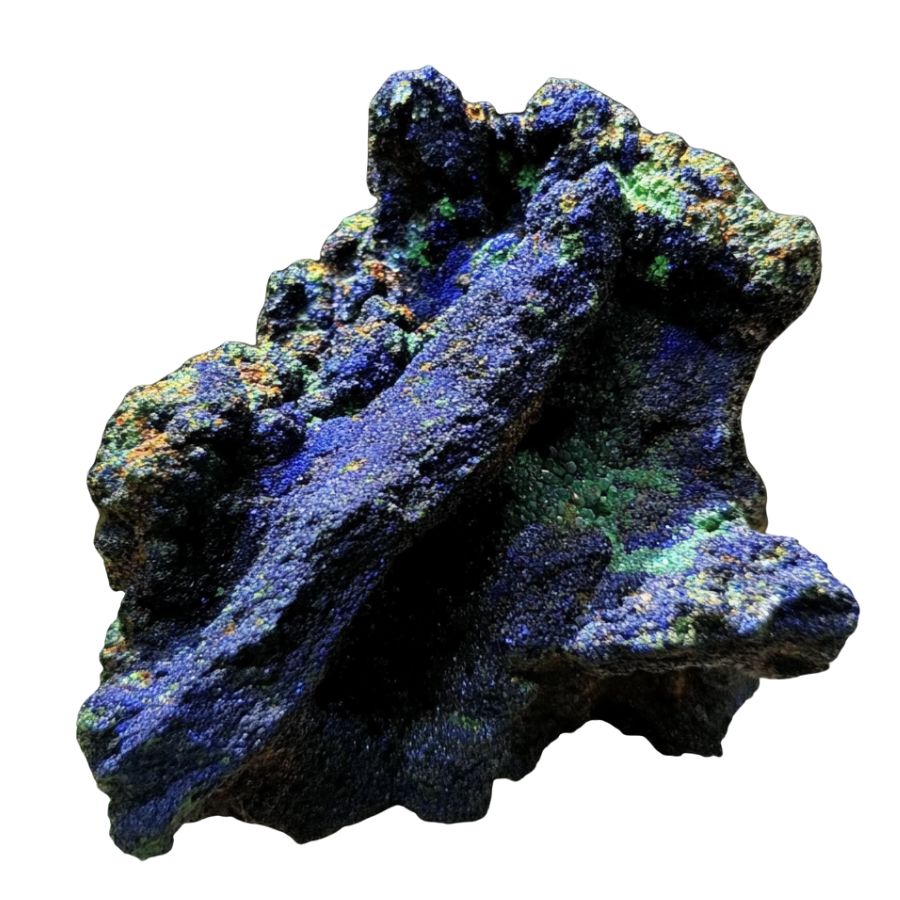
Keep an eye out for distinctive prismatic or tabular crystals. Fresh azurite typically forms in clustered rosettes or blade-like formations. Sometimes you’ll spot perfect little crystals jutting out from the matrix (that’s the host rock).
The crystals might be stubby and short, or long and slender – both are legit! If you see crystals arranged in a fan-like pattern, you’ve probably got azurite.
Assess the Surface Texture and Luster
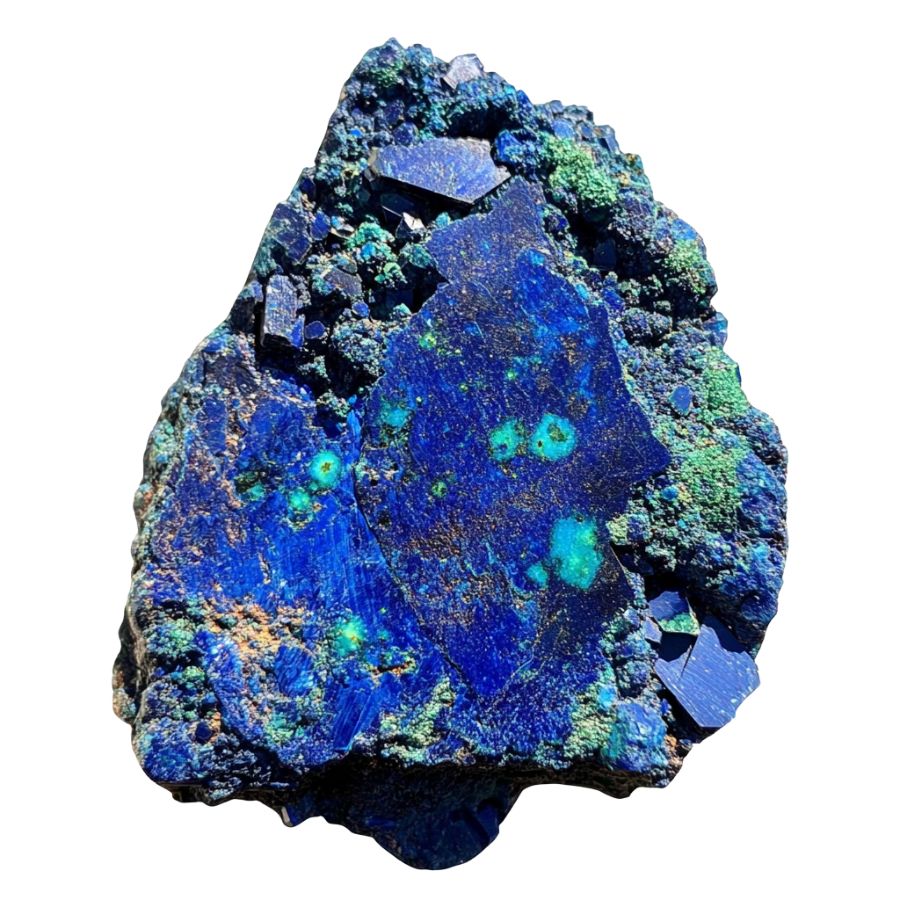
Run your fingers over the surface – azurite’s got this glassy to subvitreous luster that catches light beautifully. Massive specimens (chunks without obvious crystals) often show a more silky or velvety appearance.
Here’s a cool trick: hold it under bright light and slowly rotate it. Real azurite will show subtle flashes of light across crystal faces. Weathered surfaces might feel slightly powdery or chalky.
Test the Hardness and Structural Integrity
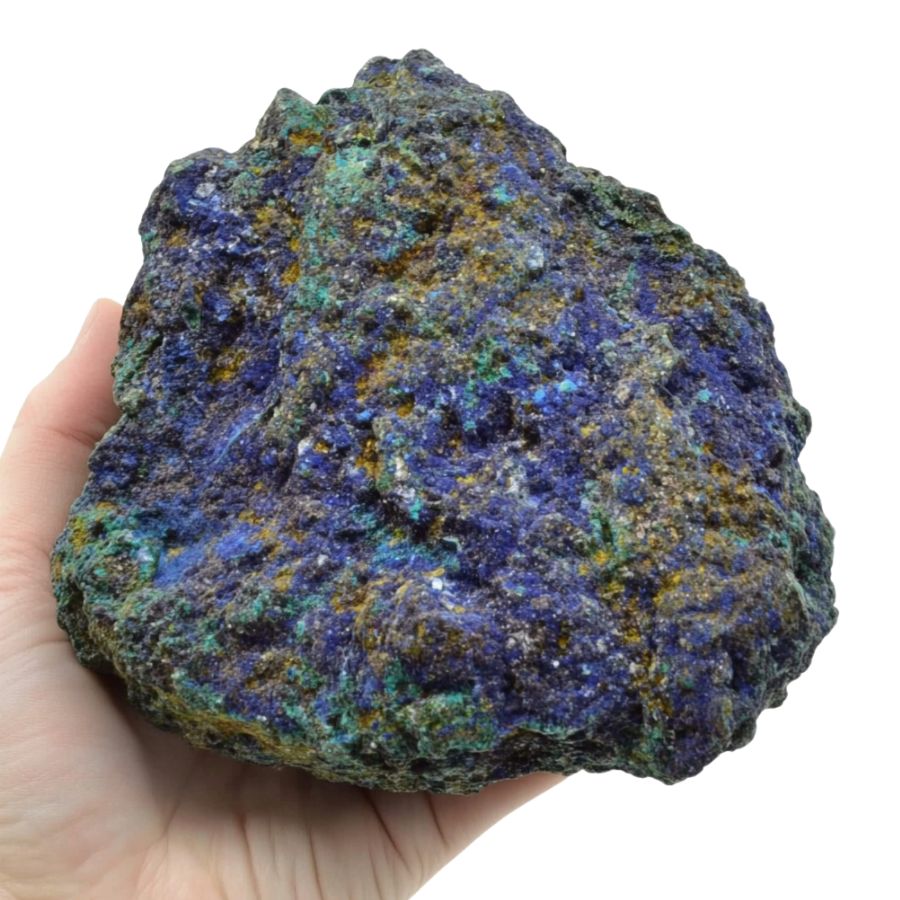
Azurite is relatively soft (3.5-4 on Mohs scale). Try this: use your fingernail – it shouldn’t scratch the mineral, but a copper penny will. Watch out though! It’s pretty fragile and can break along cleavage planes.
If it feels unusually hard or tough, you might be looking at dyed quartz or another blue mineral instead.
A Quick Request About Collecting
Always Confirm Access and Collection Rules!
Before heading out to any of the locations on our list you need to confirm access requirements and collection rules for both public and private locations directly with the location. We haven’t personally verified every location and the access requirements and collection rules often change without notice.
Many of the locations we mention will not allow collecting but are still great places for those who love to find beautiful rocks and minerals in the wild without keeping them. We also can’t guarantee you will find anything in these locations since they are constantly changing.
Always get updated information directly from the source ahead of time to ensure responsible rockhounding. If you want even more current options it’s always a good idea to contact local rock and mineral clubs and groups
Tips on Where to Look
Azurite is a copper carbonate mineral that forms in oxidation zones of copper deposits. Here’s where you can typically find this beautiful blue stone:
Limestone Areas
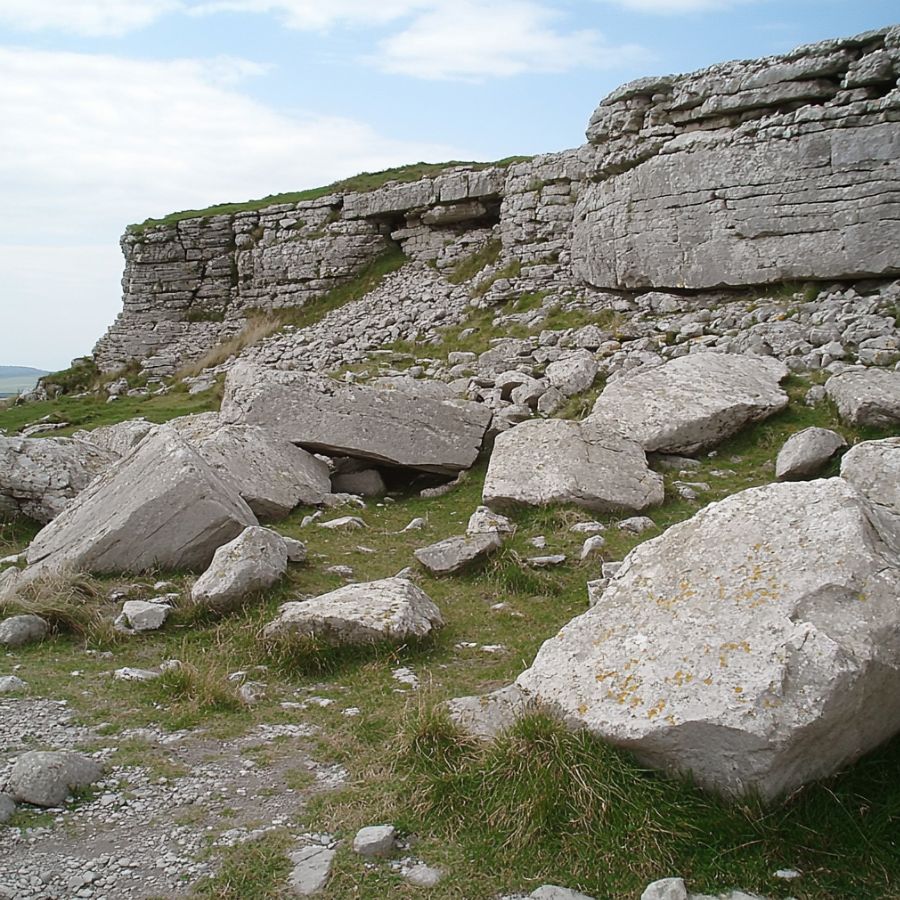
Look for areas with lots of limestone outcrops. Azurite loves to form in these rocks. Check weathered surfaces and cracks. The blue color often stands out against the gray limestone.
Sometimes you’ll find it mixed with green malachite, which is super cool because these two minerals often hang out together in the same spots. Search near the base of limestone cliffs or in quarries where they’ve cut into the rock.
Old Copper Mines
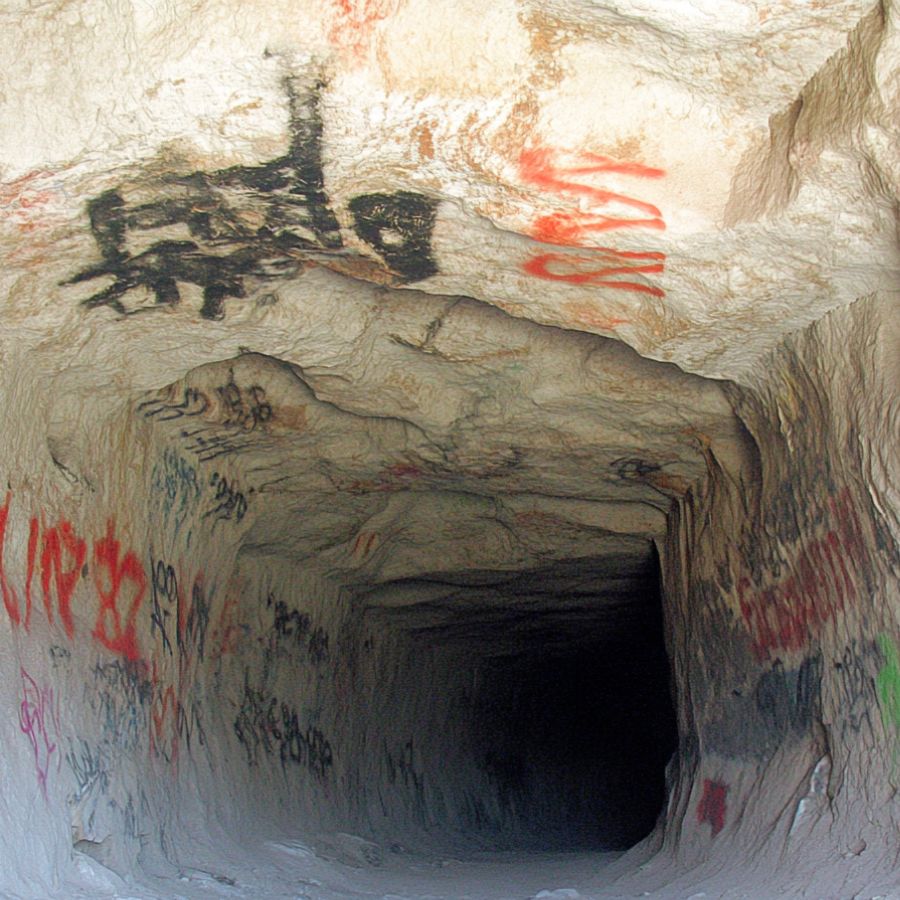
Abandoned copper mines are azurite hotspots. Check mine dumps and tailings piles. Look for rocks with green staining – that’s your first clue.
The stone often forms in small cavities or as crystal clusters. Bring a rock hammer and safety gear.
Mine dumps usually have lots of loose rocks, so you don’t need to dig deep. After rain is the best time because the wet rocks show color better.
Oxidized Rock Zones
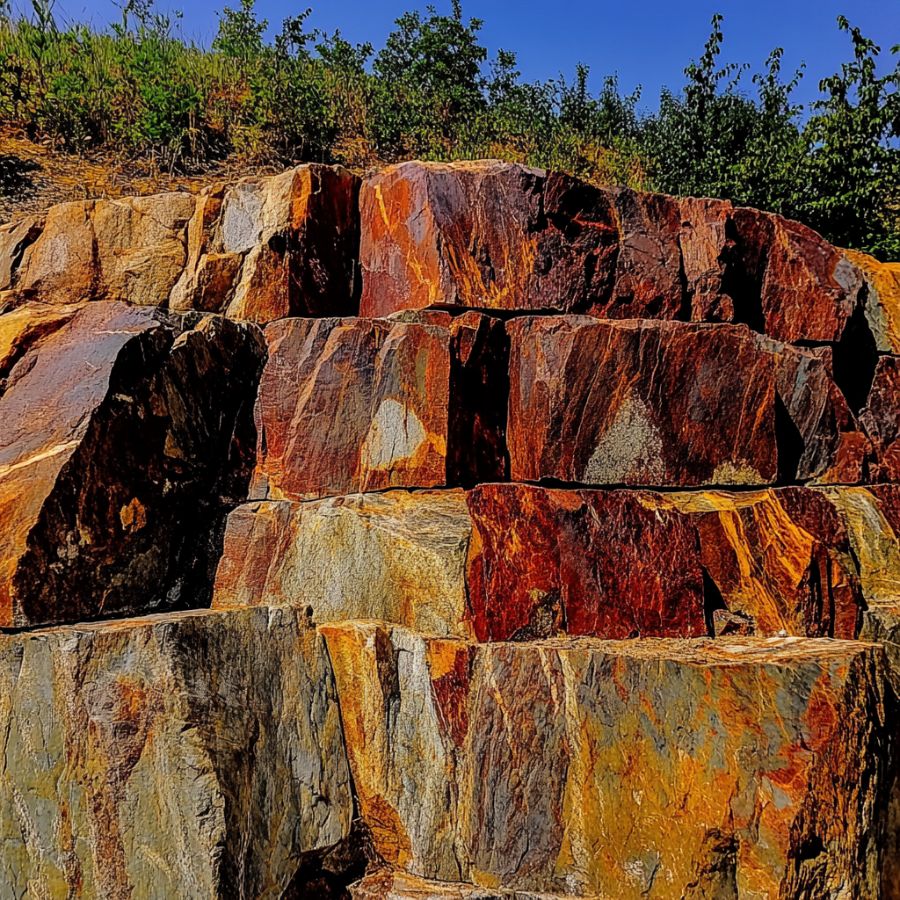
Find areas where rocks show lots of rust colors. These oxidized zones are perfect for azurite formation. Look for rocks with dark brown or reddish staining.
The azurite usually forms in small pockets or as thin crusts. Break open promising rocks – the best specimens are often hidden inside.
Check areas where water runs through rock formations because these spots have more mineral activity.
Desert Areas
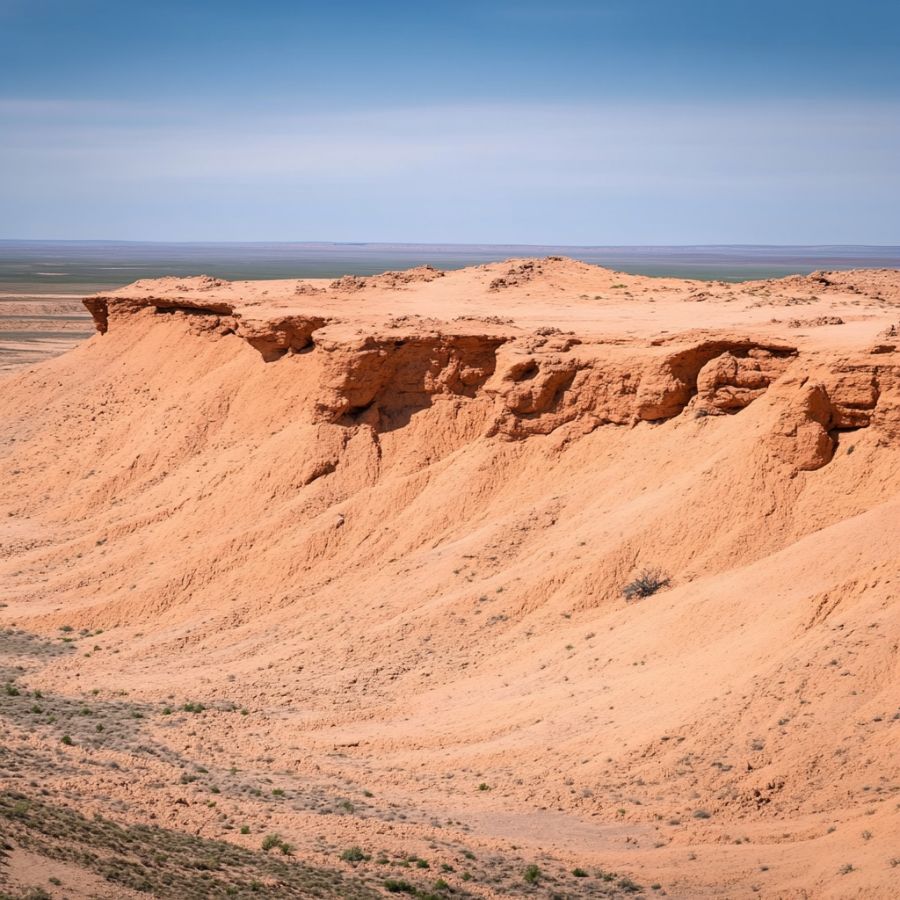
Desert regions with exposed rock formations are great spots. The dry climate helps preserve azurite. Look for areas with copper mineralization signs like green or blue staining on rocks.
Check wash-out areas after storms. Small chunks often collect in gravel beds. The intense weathering in deserts can concentrate minerals in certain spots, making them easier to find.
Some Great Places To Start
Here are some of the better places in the state to start looking for Azurite:
Always Confirm Access and Collection Rules!
Before heading out to any of the locations on our list you need to confirm access requirements and collection rules for both public and private locations directly with the location. We haven’t personally verified every location and the access requirements and collection rules often change without notice.
Many of the locations we mention will not allow collecting but are still great places for those who love to find beautiful rocks and minerals in the wild without keeping them. We also can’t guarantee you will find anything in these locations since they are constantly changing.
Always get updated information directly from the source ahead of time to ensure responsible rockhounding. If you want even more current options it’s always a good idea to contact local rock and mineral clubs and groups
Lead Mountain

Lead Mountain rises 2,785 feet above the Mojave Desert in San Bernardino County. Located near Barstow, this mountain has a rich history of mining and mineral discoveries.
Blue azurite crystals can be found here along with other minerals like barite, lead, and silver. The mountain’s special geology includes different types of granite and volcanic rocks that helped create these mineral deposits. Most azurite forms in places where copper-rich solutions moved through limestone rocks.
The best spots to find azurite are near old mine tunnels and open cuts in the mountain. Look for rocks with green and blue colors, as azurite often occurs with malachite, another copper mineral.
Many collectors search the northwest side of the mountain where most mineral veins are located. The dry desert climate has helped preserve these minerals and keeps the rock exposures visible for modern-day rockhounds.
Clark Mountain

Clark Mountain is a prime spot for finding azurite, located just off Interstate 15 near the California-Nevada border. This 7,933-foot mountain has attracted mineral collectors for decades, thanks to its rich mining history and diverse rock formations.
The Mammoth Mine area in the central part of the mountain is where most azurite specimens are found. Around the mine, collectors often search through old tailings and exposed rock faces.
The changing landscape from bottom to top makes this location interesting for rock hunting. Lower areas have desert plants, while the upper parts have pine forests.
Many collectors focus their search near the electrical substation area, where past mining activities have exposed mineral-rich zones. The old mine workings and natural rock outcrops continue to yield azurite specimens for careful searchers.
Hughes Mine

Hughes Mine sits in Calaveras County. This old copper mine has drawn mineral collectors for many years because of its rich deposits. Blue azurite crystals show up in the rocky outcrops and old mine dumps, often paired with green malachite.
The mine’s special geology comes from ancient volcanic activity that pushed copper-rich solutions through the rock. These solutions created pockets where beautiful azurite crystals could form. The mine’s rocks also contain other copper minerals like chalcopyrite and cuprite.
Local collectors have found azurite specimens ranging from small crystals to larger chunks with deep blue color.
Nevada City Mining District

The Nevada City Mining District spreads across western Nevada County. This historic area runs from Indian Flat through Nevada City and extends to the Lava Cap mine. Years of gold mining have made this place famous among mineral collectors.
The district’s special mix of rocks includes granite, slate, and quartzite. These rocks, along with greenstone and serpentine beds, create perfect spots for finding azurite.
The best spots to find azurite are near the old mine workings and around areas with gold-quartz veins. The Lava Cap mine area has been a reliable place for finding good specimens. The district’s rocky ground still holds many mineral treasures from its mining past.
Rock collectors often search the dioritic and aplitic dike areas, as these special rock formations often contain azurite. The mix of different rock types in this district makes it an interesting place for both new and experienced collectors.
Hamilton Mine

Hamilton Mine is located at 699 feet in Tulare County, about 1.2 miles northwest of Dumtah. This old copper mine has become a key spot for finding beautiful azurite crystals.
Azurite shows up in areas where copper minerals are common. The best places to look are near the old mine openings and in rocks that show green and blue colors. These colorful spots often point to places where azurite formed alongside other copper minerals like malachite.
Unlike many azurite locations, Hamilton Mine’s specimens formed in volcanic rocks that were transformed long ago.
The area around the mine still has plenty of copper-rich rocks. Rock collectors often find good samples in the old mine dumps and along the exposed rock faces where copper minerals are visible.
Places Azurite has been found by County
After discussing our top picks, we wanted to discuss the other places on our list. Below is a list of the additional locations along with a breakdown of each place by county.
| County | Location |
| Calaveras | Sheridan Mine |
| El Dorado | Cosumnes Copper Mine |
| El Dorado | Pioneer-Lilyama Mine |
| El Dorado | Alabaster Cave Mine |
| Kern | Greenback Mine |
| Lake | Copper Prince Mine |
| Los Angeles | Free Cuba Mine |
| Los Angeles | Emma Mine |
| Los Angeles | Coldwater Canyon |
| Los Angeles | Connolly Pacific Quarry |
| Madera | Krohn and Ward prospect |
| Mariposa | Pocohontas Mine |
| Mariposa | Green Monster Mine |
| Mariposa | Owl Copper Mine |
| Mariposa | La Victoria Mine |
| Mendocino | Redwood Copper Queen Mine |
| Mendocino | Copper King Mine |
| Mendocino | Miner Ridge |
| Nevada | Zinc House Mine |
| Placer | Algall Mine |
| Placer | Valley View Mine |
| Plumas | Shoofly occurrence |
| Plumas | Blue Bell occurrence |
| Plumas | Cosmopolitan Mine |
| Plumas | Gruss Mine |
| Plumas | Iron Dike Mine |
| Riverside | Lost Pony Mine |
| Riverside | Jensen Quarry |
| Riverside | Groover Mine |
| Riverside | Alice Mine |
| Riverside | Gold Rice Mine |
| San Bernardino | Copper Strand Mine |
| San Bernardino | Calico District |
| San Bernardino | Copper World Mine |
| San Bernardino | Stonewall Mine |
| San Bernardino | Mohawk Mine |
| San Bernardino | Halloran Springs Mine |
| San Bernardino | Copper King Mine |
| San Bernardino | Morning Star Mine |
| San Bernardino | Calarivada Mine |
| San Bernardino | Indicator Mine |
| San Bernardino | Gold Standard Mine |
| Santa Barbara | Laguna Ranch Mine |
| Santa Clara | Hooker Creek Mine |
| Santa Clara | Guadalupe Mine |
| Sonoma | Cornucopia Mine |
| Trinity | Murphy Mine |
| Tulare | Round Valley Mine |
| Tulare | Deer Creek Silver Mine |
| Tuolumne | McAlpine Mine |
| Tuolumne | Ohio Diggings Mine |


